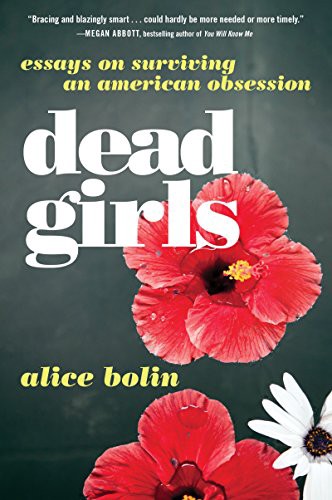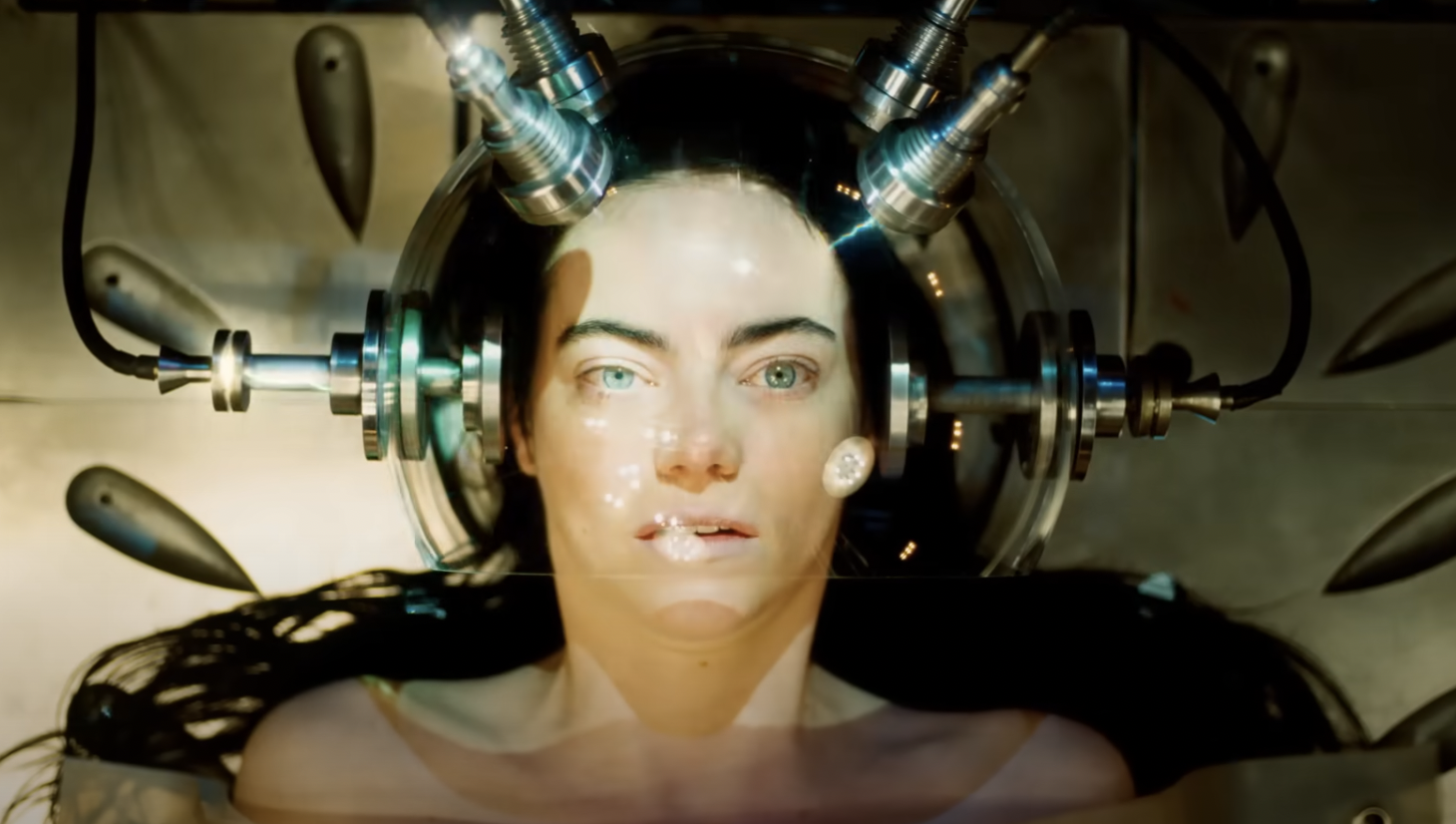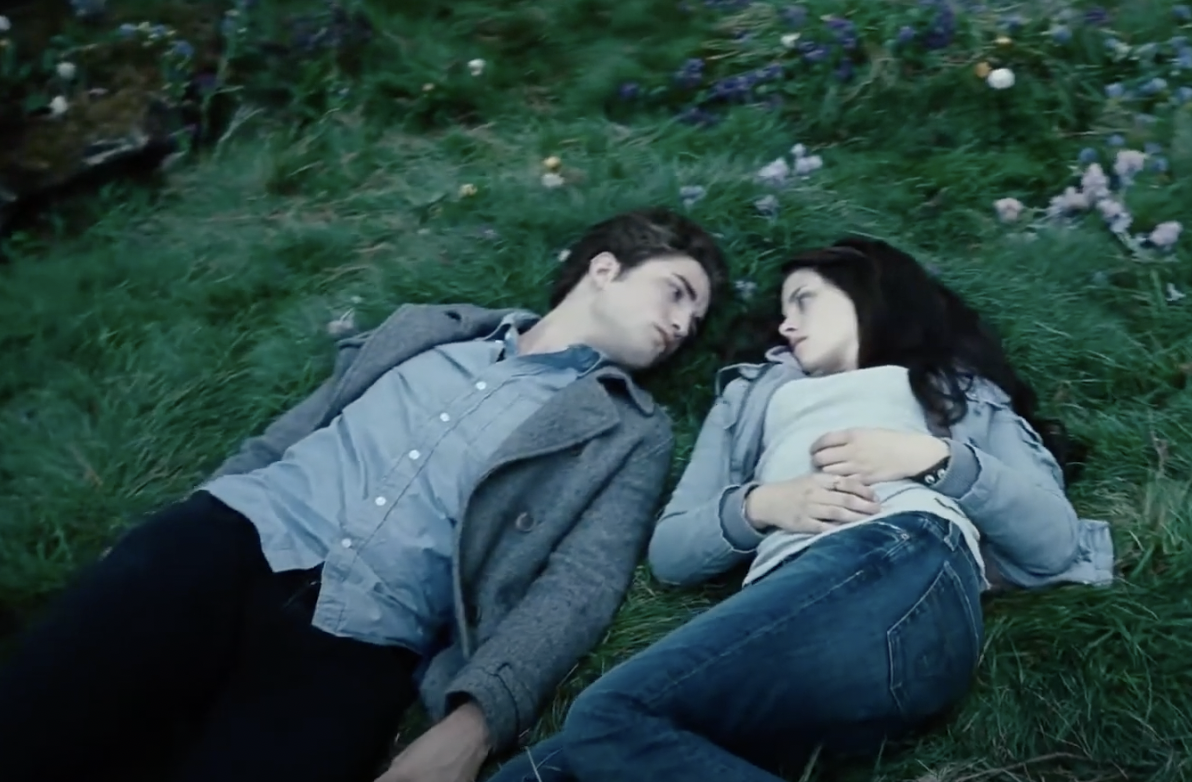Books & Culture
Goodbye, Dead Girl—Hello, Killer Woman
Women in pop culture this year are doing violence, rather than having violence done to them

This was the year of the dead girl. Or, at least, it was the year that the phenomenon of the Dead Girl became the subject of cultural analysis, primarily in thanks to Alice Bolin’s book of essays of the same name.
Dead (usually murdered, usually white) girls have long been an American obsession as a pop cultural avatar for women’s oppression. “The Dead Girl Show’s most notable themes are its two odd, contradictory messages for women,” Bolin writes. “The first is to cast girls as wild, vulnerable creatures who need to be protected from the power of their own sexualities.” From Twin Peaks to True Detective (Bolin’s 2014 essay about which was the catalyst for her book) to Law & Order: SVU and seemingly lighter, frivolous fare, such as Veronica Mars and Pretty Little Liars, the dead girl serves as a cautionary tale: be hyper-aware of your surroundings, and know that at any time you could become a victim of harassment, assault or, indeed, murder.
But 2018 was also the year that the dead girl began to fight back.
The HBO series Sharp Objects, based on Gillian Flynn’s novel, is perhaps the clearest example of how the passive “dead girl” has been converted into a story of murderous vengeance. (This piece contains spoilers for Sharp Objects, as well as for the movie A Simple Favor and the novel Give Me Your Hand.) Reporter Camille Preaker (Amy Adams) returns to her sleepy, racist Southern hometown to cover the murder of two young women. Through Camille’s shoddy, unprofessional reporting, we discover that her alcoholism and self-harm are outward responses to being raised by her withholding and abusive mother, Adora (Patricia Clarkson), who in turn was abused by her own mother, and poisons Camille and her adolescent sisters Amma (Eliza Scanlen) and Marian (Lulu Wilson), the latter of whom died during Camille’s youth as a result of Adora’s Munchausen’s syndrome by proxy. It is implied that by making her daughters sick Adora makes them need her, highlighting the connection between society’s maternal expectations of women, especially in small towns where there are seldom other roles, and the lack of understanding and release of the sadness and rage when they break down. Amma’s climactic homicidal tendencies, too, demonstrate the inner turmoil that results from abuse and how it manifests when girls lack emotional support from others.
The big screen has also offered up an interrogation of how the abuse and trauma of girls can manifest as murder. This year’s film adaptation of Darcey Bell’s 2017 novel A Simple Favor stars Blake Lively as the enigmatic and mysterious Emily, who goes missing after asking a fellow mom, Anna Kendrick’s tightly-wound Stephanie, to collect her son from school. Through a series of dark comedic errors, we find out that Emily and her twin sister, Faith (also played by Lively), killed their abusive father in a house fire when they were teens and have been on the run ever since. Emily, whose birth name was Hope, remade her life as a fashionable, high-powered and high-functioning alcoholic PR woman, while Faith descended into addiction and only resurfaces to blackmail Emily/Hope for money. Emily, seeing no way out, kills her twin and uses Faith’s identical body to fake her own death, cash in her life insurance policy that she convinced her struggling novelist husband (Henry Golding) to take out on her, and attempt to disappear into obscurity While A Simple Favor is severely overlooked and underrated, a more sophisticated film (or series, which there was enough material for) would have explored further how Emily’s abusive childhood related to her adolescent and adult propensity for manipulation and murder. It could also be surmised that Emily’s pain, trauma and psychological issues have been dismissed because of her looks, her sexuality, and her success, leaving her to foist them on others.
Girls who might have ended up dead in a different era turn instead into fatal women.
A recent murder mystery novel, Megan Abbott’s Give Me Your Hand, is more successful at showing how girls who might have ended up dead in a different era or under a different set of circumstances turn instead into fatal women. Abbott sets her examination of female rage and murderousness in a laboratory where two prodigious young female scientists, Kit and Diane, under the tutelage of an equally brilliant woman professor, Dr. Lena Severin, are studying premenstrual dysphoric disorder, a debilitating form of premenstrual tension. In Give Me Your Hand, Abbott manages to present menstruation — inextricable from motherhood in the cissexist, heteronormative, and breeding-obsessed culture in which these pieces of pop culture reside — as inextricable from murder. Though it’s Diane who, after submitting herself to a hysterectomy to stem her lethal urges to no avail, commits the murders in the book, both Kit and Dr. Severin empathize with her plight. “Don’t we all feel we have something banked down deep inside just waiting for its moment, the slow gathering of hot blood?” Kit muses.
This calls to mind the misogynist taunts Donald Trump hurled at Megyn Kelly, in particular (“There was blood coming out of her eyes, blood coming out of her wherever”). Soraya Chemaly writes about it similarly in her new book, Rage Becomes Her: The Power of Women’s Anger. “There are some who believe that women’s humanity is actually not in question but rather that it is women’s humanity, taken seriously, that is the problem because it reminds us of birth, death and decay. Our physicality — the leaking, bleeding, lactating bodies that we manage — provoke terror, and the response, a defensive one, is to figuratively turn us into objects.” In the case of the dead girl, the defensive response turns her into an object literally: from a live body to a dead one. But while the dead girl is an object, the angry woman is a subject, acting and fighting back with the violence that is so often enacted upon us.
Rage Becomes Her is heavy on data mined from these experiences. Chemaly writes about how social norms for how girls and young women should behave under the male gaze — be polite, be quiet, don’t be aggressive, don’t be too ambitious, don’t wear that, don’t ask for it — have a direct correlation to how we suppress anger later in life. The murderous women above are direct, if extreme, examples of rebellion against these norms.
While the dead girl is an object, the angry woman is a subject, acting and fighting back.
Towards the end of Rage Becomes Her, Chemaly offers ways for readers to manage their anger, lest they turn into the murderous women illustrated in these fictions. But violent fictional female characters are a safe way of expressing our anger, not a cautionary tale. (It’s not unlike the way that shows like Law & Order: SVU have become a vehicle for real-life sexual assault survivors to work through their trauma; these stories give catharsis, either via justice or via retribution.)
Because look what happens when we do try to stem our rage: “The ability to… control oneself in situations that often generate a sense of risk or threat is a skill that sometimes results in women being described as ‘manipulative’ or ‘deceptive,’” Chemaly writes. I seem to remember a certain Democratic candidate for president doing exactly the same thing two years ago (and, let’s be real, for the last thirty) and having these words, along with “nasty woman,” leveled at her. And look at the vitriol faced by Serena Williams for deigning to challenge a referee’s decision about her game at the U.S. Open earlier this year.
This brings us to the current apex of women and girls’ anger, as expressed through the Women’s March, Black Lives Matter, #MeToo and gun reform. Note that many of the angry women leading the charge are women of color, and black women specifically. Women of color have been facing injustice and backlash for expressing their anger at it for a sustained period of time, not just because it’s “trendy,” as some have argued.
While depictions of white women’s anger are currently at the forefront of culture — both pop and otherwise — girls and women of color’s anger seldom is, even though the throughline between dead girls and angry women is pulled much tighter. For example, black women and girls represent 7% of the U.S.’s population but make up 35% of all missing persons but they rarely get the “missing white woman syndrome” treatment at work in Sharp Objects and A Simple Favor. If the dead girl is being reborn as an avenging angel, she has more evolutions still to go.
“There can be no redemption for the Dead Girl” archetype as Bolin sees it. But maybe there can be for the angry woman.










